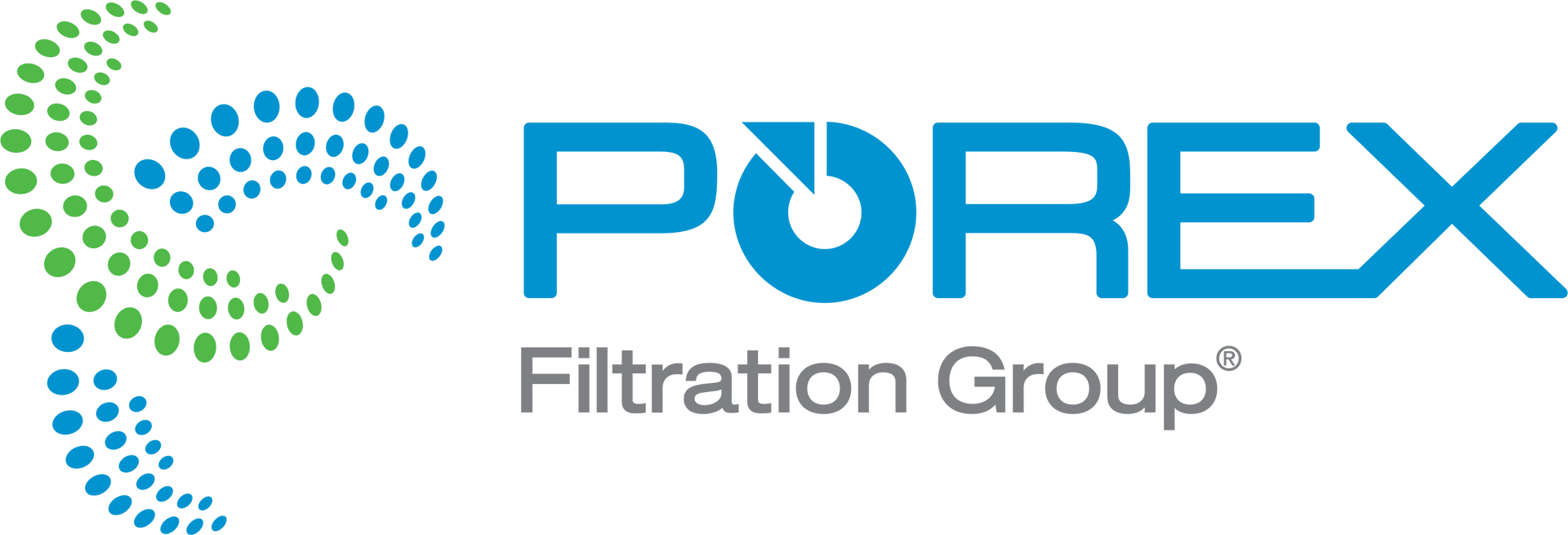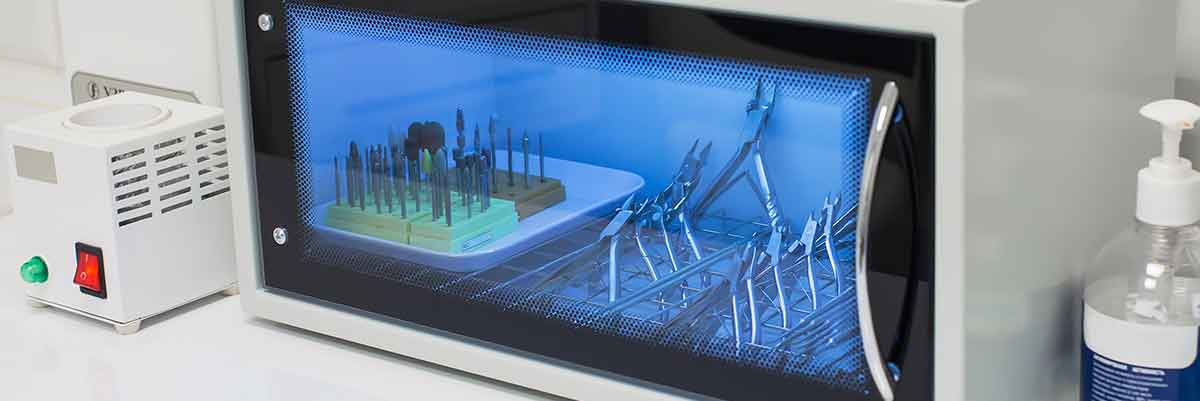2020年4月28日
Gerry DiBattista, 聚四氟乙烯PTFE事业部市场营销副总裁
F几十年来,紫外线一直作为已知的空气、水和表面消毒技术,可以帮助降低感染或传播的风险。紫外线消毒广泛应用于医院、水处理厂和实验室,现在正进入更多更加主流的应用领域。例如,航空公司开始在卫生间停用时使用紫外线灯进行消毒;大多数水净化公司都增加了用于饮用水使用点(POU)的UV选项;许多空气净化系统都加入了紫外线来促进空气消毒。随着2020年COVID-19大流行,表面消毒的话题爆发,今天几乎每个人都在学习紫外线消毒的有效性。
UV 紫外线消毒的要诀
利用紫外线消毒的关键是要有合适的波长和剂量来灭活病原体。大多数病原体对特定波长的能量有反应,几乎都在200-300纳米的UV-C波段。不仅波长很重要,目标接收到的能量也很重要。“失活”能量——或确保一定对数百分比的活性降低所需的剂量,以mJ/cm2计量。如果该表面或设备没有收到正确的波长和剂量,那么消毒是没有保证的。由IUVA组织赞助的一项名为“为实现细菌、原生动物、病毒和藻类的渐次灭活所需的紫外线剂量”的研究很好地记录了所需的能量类型和数量—“Fluence (UV Dose) Required to Achieve Incremental Log Inactivation of Bacteria, Protozoa, Viruses and Algae”。
确保适当的紫外线剂量
那么问题是如何才能保证合适的剂量?在过去的10年里,人们可以买到的消毒设备的数量呈指数级增长。确保正确消毒的关键是确保UV-C能量均匀地散布在整个反应室——无论目标区域是空气、水还是表面。过去,这种UV-C能量的来源是一种水银灯——它看起来像一个荧光灯。这些往往是大的,易碎的,并存在处置问题。近来,UV-LEDs出现了,它不含汞,更节能,然而,光线往往集中在近点光源。那么,如何有效地传播这种UV-LED光呢?
由于UV- C对大多数塑料材料的侵蚀作用,大多数UV反应室是由铝或不锈钢等金属制成的。这些材料有诸多问题——即它们的反射率不高(在30-70%之间),而且它们的反射主要是镜面反射——这意味着能量以它接触表面的角度反弹(就像台球撞到保险杠一样)。这种镜面反射会导致所谓的“热点”或“冷点”,这些地方的能量水平远远高于或低于所需的剂量。因此,为了确保紫外线能量和剂量的适当传播,能量需要多次从表面反弹(每次损失高达70%的能量-或平均2-5次反弹),以便覆盖所有角度。由于这些低效率,这将需要大量的总能量。
利用微孔聚四氟乙烯PTFE
更合理的解决方案是Porex Virtek®微孔PTFE,它不像许多聚合物材料,在200-300纳米UVC范围内不会断裂。Porex Virtek PTFE是一种高反射介质,在UV- C范围内高达97%,这意味着UV能量可以从表面多次反弹(每次反弹仅损失3%或平均持续33次反射),直至达到预定目标(即病原体)。其次,Porex Virtek PTFE几乎是100%漫反射——这表明,当紫外线照射到表面时,它会以一种随机的漫反射模式反射。因此,不管光照射表面的角度如何,紫外线能均匀地向各个方向反射。下面的视频演示了这种反射率:
演示视频:镜面反射与Porex Virtek PTFE漫反射对比演示2 中文字幕
这意味着,由于表面反射率如此之高,而且能量被反射到各个方向,所以所需的初始UV能量要少得多,而且剂量也会统一。该领域的制造商表示,使用Porex Virtek PTFE时需要的UV-LEDs更少,或在他们的设计中使用的led瓦数更低——节省资金和能源的同时,确保了最终产品的安全性。
很自豪地说,我们的POREX®Virtek PTFE通过设立新的消毒设备效率标准来消灭COVID-19新冠病毒,压平曲线控制疫情,从而使世界更安全、更健康、更高效。我们的反射介质有助于确保这些消毒室提供适量的紫外线辐射能量覆盖到每个角落,以确保病原体失活。

